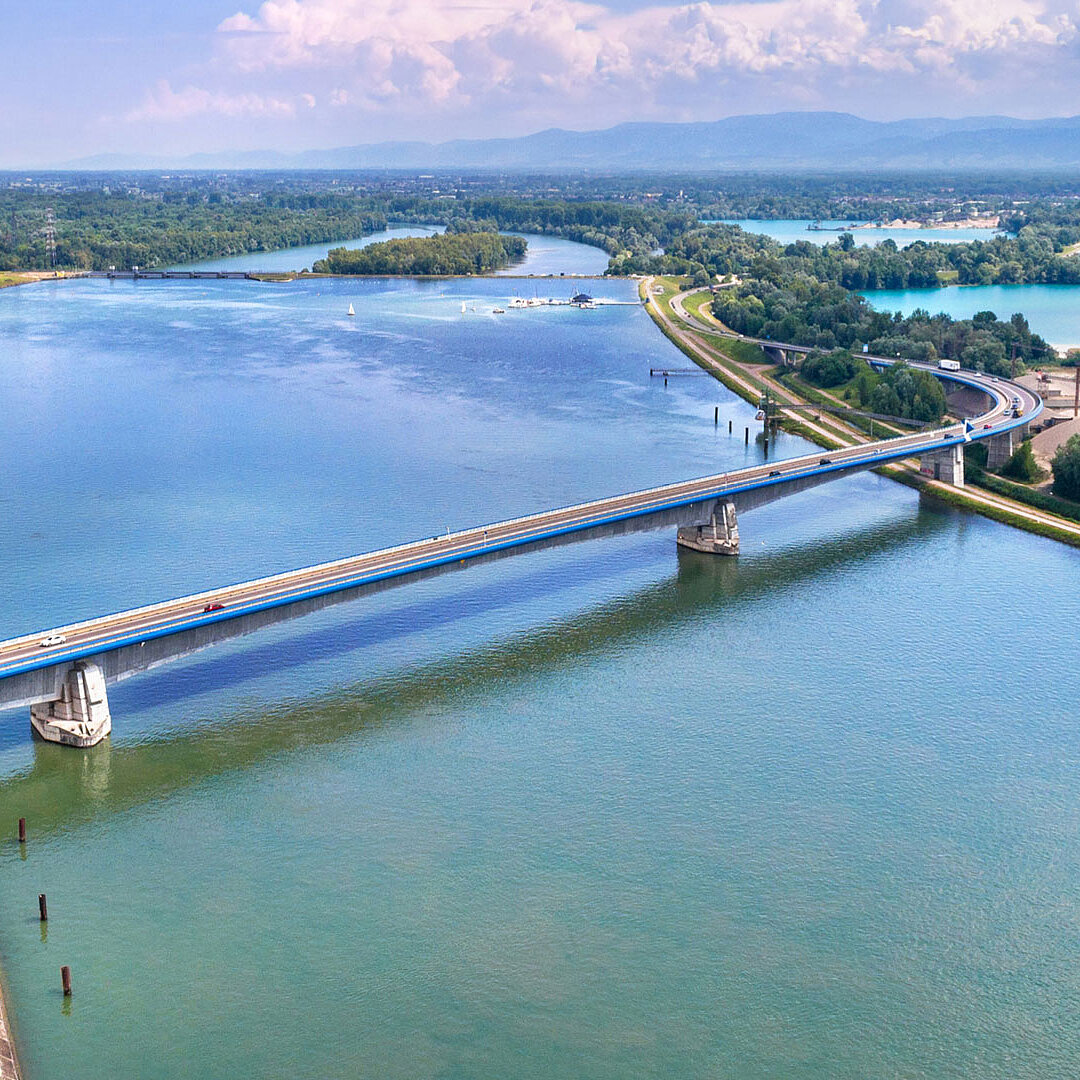This content is also available in: German
Which level of public financing for renewable energies in France?
In France, as in most countries, the development of renewable energies is being supported by public support mechanisms. Agora Energiewende, together with its French partner IDDRI, has published an analysis on the public support scheme in France based on a calculation tool developed to determine the needed level of public financing for different possible evolutions of the French electricity mix by 2040.

In France and all over the world, the development of renewable energies has been supported by specific public schemes. Those schemes are usually closing the gap between the remuneration achieved on the market for the produced electricity by the developer and the target price, guaranteed by the State. In a context in which the French long term energy planning (programmation pluriannuelle de l’énergie, PPE) intends to multiply by three the installed PV and wind energy capacities within the next ten years and the costs of production of renewable technologies are expected to decrease further, which level of public financing should be expected in future? Agora Energiewende and the french partner Institute for Sustainable Development and International Relations (IDDRI) are publishing today an analysis, and a calculation tool on which it was based, for which three reference scenarios of the future French electricity mix were integrated to evaluate the needed level of financing by 2040.
A first observation must be made. The important reduction in the production costs of wind and solar PV technologies will encourage their development at a lower cost for public spending. Recent tenders have led to target prices close to 6 ct€/kWh for ground-mounted solar PV plants and onshore wind, while the tender for the offshore wind farm close to Dunkirk, scheduled to be commissioned in 2027, reached a record low of 4.4 ct€/kWh. At these levels, close to or even below the electricity market price (5 ct€/kWh on average in 2018), the difference to be covered between the target price and the remuneration achieved from the market would be much smaller than in the past and, in some cases, negligible. In some cases and for specific technologies, these support mechanisms could even become a source of funding for the State, in the case the market prices should rise permanently above the target prices guaranteed to RES developers.
This is good news for public finances. In a medium scenario, centered on the objectives of the long term energy planning PPE, the French electricity mix could reach 60% of renewable energies in 2040 compared to 21.1% in 2018. And the need for public support for renewable energies would be limited: it would reach a peak of €6.5 billion per year in 2025 compared to €5 billion today, before decreasing sharply from 2030 onwards, as the older FiT contracts signed since 2005 expire. By way of comparison, public financing for renewable energies could reach €23 billion in Germany in 2025 (€15.7 billion in 2030), well beyond the maximum that the French path would lead to. In addition, only one third of these financing needs between 2018 and 2040 would be attributable to new renewable generation capacity, with the remaining two thirds coming from past commitments for generation capacity already commissioned or for which feed-in tariffs have already been granted. Does this mean time is ripe to remove the support mechanisms for renewable energy?
Our analysis recommends a cautious approach to this issue. First, it shows the importance of the evolution of the market price of electricity and remunerations by the market for renewable energy projects in defining their financing needs. These developments depend on a large number of factors related to the transformation of the electricity system in France and Europe, both in terms of supply (growth of renewable energies, evolution of nuclear energy) and demand (new electrical uses, efficiency gains), as well as energy and CO2 prices. The comparison of two scenarios produced by the French energy agency (Ademe) with a more or less significant extension of the nuclear fleet shows in particular that the peak in public financing would be €1.2 billion higher in 2030 if the entire historical nuclear fleet were extended by 20 years. This would be due to the depreciative effect of this extension on the market price of electricity, even in the renewable capacities are growing less quickly. In order to limit the need for public support, it is indeed the balance between generation technologies that must be ensured, and the growth of renewable energies should be linked in the long term to a reduction in the nuclear fleet.
Secondly, despite recent progress in the industry, support mechanisms provide a guarantee that remains useful in reducing the cost of financing (and therefore the cost of production) of renewable energy with low public financial commitments. A pragmatic approach would therefore require a gradual modification of these mechanisms, which could involve a reduction in the duration of FiP contracts or limiting support to certain production volumes in order to gradually hand over responsibility to private actors for the more mature technologies. Finally, this should obviously not prevent the public authorities from continuing to support innovative sectors or citizen renewable energy projects, if they consider that the short- or long-term co-benefits for society of these projects justify it.




